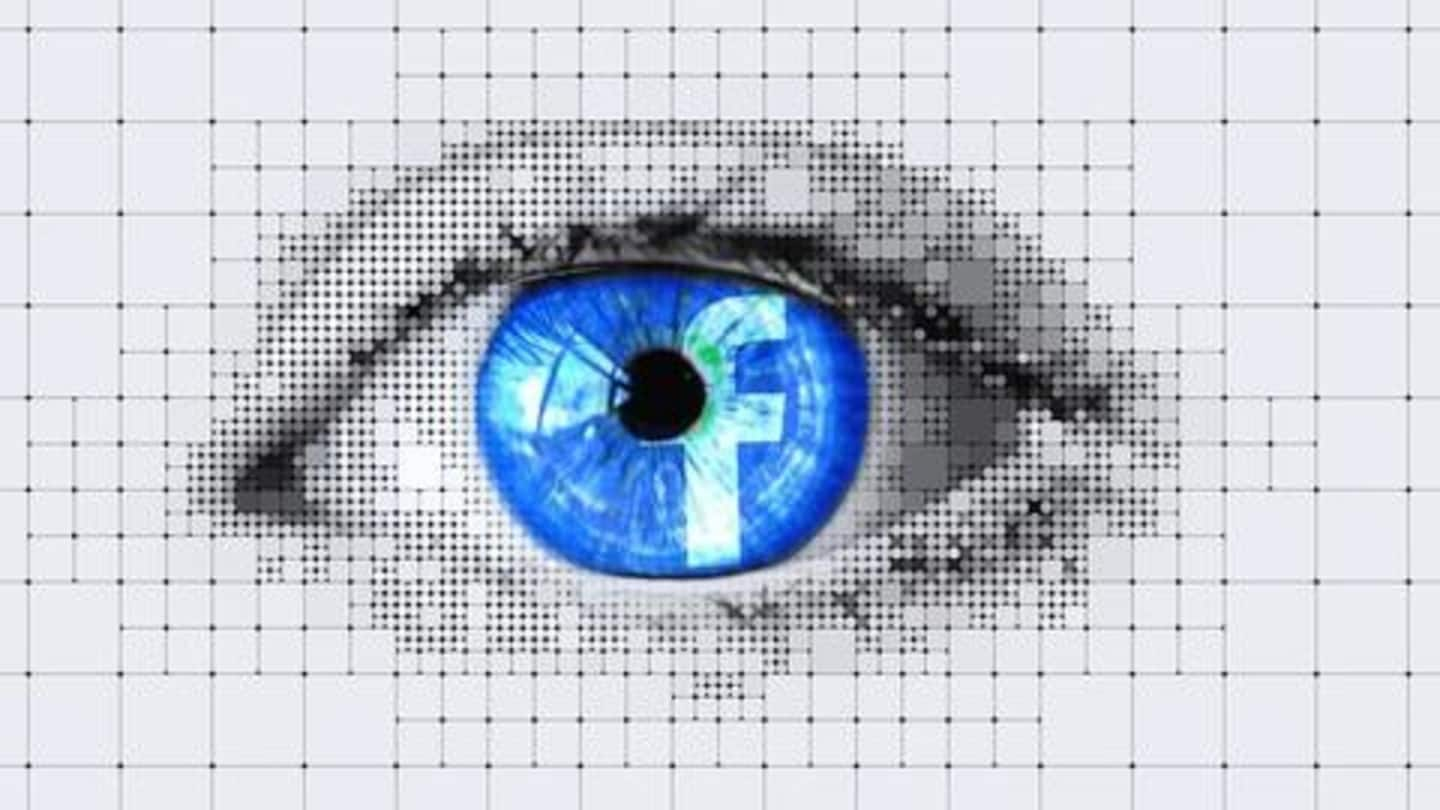
How Facebook's AI sees our life through photos. It's spooky
What's the story
On Wednesday, all Facebook products - from WhatsApp, main Facebook site to Instagram- suffered a major outage. The services remained disrupted for hours, affecting a number of users worldwide. But, as the issue persisted (now resolved), Facebook users also got a rare opportunity to see how its AI sees and judges their photos, The Verge reported. Here are the details.
Issue
Facebook outage kept images from loading, displayed tags
When Facebook went down, the images uploaded on the platform stopped loading and the tags assigned to them started appearing - in plain text. The glitch highlighted how the company's machine vision systems analyze user photos and tag them with general descriptions of the scenes, objects, and people seen in them. In other words, they showed how Facebook's AI sees your life through photos.
Tags
What these automated tags looked like
A number of users were surprised to see how accurately Facebook's AI extracted information from photos to assign tags. One particular photo showing friends was described as "image may contain: people smiling, people dancing, wedding and indoor" while another showing pet was tagged as "image may contain: cat/dog." Even TechCrunch's Zack Whittaker was surprised by the spot-on description Facebook had given to his DP.
Twitter Post
Here's what Facebook's tags looked like
Oh yeah! I forgot Facebook uses machine learning to tag our photos with what it sees in the picture.
— Zack Whittaker (@zackwhittaker) July 3, 2019
To be fair, "one person, beard" is pretty much a spot-on description of me. pic.twitter.com/fCpydUxtpz
Ad targeting
Is Facebook using this information to show ads?
Photos can reveal a lot about you, even things that you don't specifically share, like if you have a dog, your hobbies, or if you like vintage cars. This information can easily be used for delivering personalized ads. But, as of now, it is not clear if Facebook is using photo information extracted by its AI for the purpose of advertising.
Response
No word from Facebook yet
Though this kind of data collection can raise alarm among the public, Facebook has not issued a statement clarifying how it uses the information gathered from photos. The company has been reading photographs via AI for nearly three years, which shows how technology has become advanced enough to discern useful pieces of information from our visual surroundings.